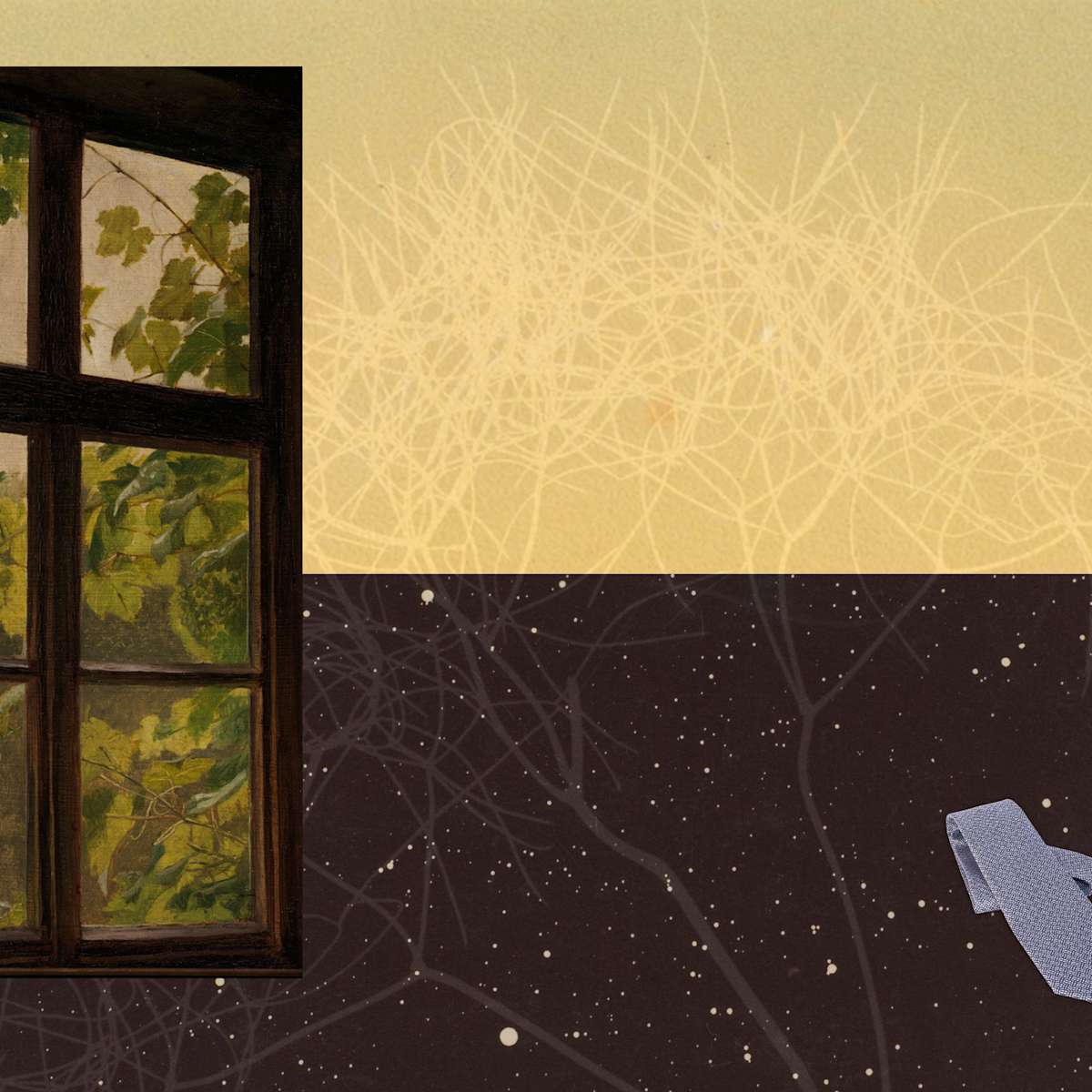- Blank
- Posts
- Nepo nuns
Nepo nuns
The rich in habit.

Some convent-ional wisdom about class division. From CONVENT WISDOM: How Sixteenth-Century Nuns Could Save Your Twenty-First-Century Life by Ana Garriga and Carmen Urbita. Copyright © 2025. Reprinted by permission of Avid Reader Press, an Imprint of Simon & Schuster, Inc.

The habit of the Colettine Poor Clares is not particularly flattering. The neutral brown of the oversize tunic clashes horribly with the black veil, and the coif, always too tight, only serves to accentuate the worst of one’s features. And yet, no nun’s portrait dazzles as much as that of the seventeenth-century Colettine Poor Clare Sor Ana Dorotea de la Concepción. Sharp cheekbones, a flaw-less complexion, lips slightly plump and perfectly defined, her face looks like it has undergone a canthoplasty by the most exclusive plastic surgeon in LA. Despite the minimalist modesty the habit attempts to enforce, everything about Sor Ana Dorotea screams of a purely patrician pedigree.
Sor Ana Dorotea de la Concepción was, in her earlier life, Ana Dorotea of Austria, the illegitimate daughter of Rudolf II, emperor of the Holy Roman Empire, cousin to King Philip III of Spain, granddaughter of Emperor Maximilian II, and niece to Archdukes Maximilian and Albert of Austria. Today, she would be one of those exquisitely placed, multimillionaire teenagers making her debut at the famous Le Bal des Débutantes in Paris but, as she was born in 1611, her lineage led her to a place with fewer photographers but a similar degree of exclusivity. In 1622, at the age of eleven and after weeks braving the jostle of her velvet-cushioned carriage and one near-deadly pirate attack in the Mediterranean (debutantes today have a much more comfortable time of it), Sor Ana left behind the rigid aristocracy of Vienna to settle at the Convent of the Royal Discalced in Madrid. There, her aunt Sor Margarita de la Cruz, otherwise known as Archduchess Margaret of Austria, awaited her, along with more than a dozen nuns who, behind the humble names they had chosen upon taking their vows, concealed more titles belonging to duchies, marquessates, and principalities than those held by the guests of the Rose Ball in Monaco.
In 1622, at the age of eleven and after weeks braving the jostle of her velvet-cushioned carriage and one near-deadly pirate attack in the Mediterranean...Sor Ana left behind the rigid aristocracy of Vienna to settle at the Convent of the Royal Discalced in Madrid.
The nuns of the Royal Discalced knew nothing of mortgages or haggling with moneylenders. Had they been able to get a gel manicure in those days, they would never have suffered a single chipped nail. They had no idea what it was like to write a letter in ever-shrinking, cramped handwriting, squeezing words into every last millimeter of the margins because the convent’s accountant had declared there was no more money for paper that month. Nor were they privy to the hardship of soups made from the previous day’s vegetable scraps, because each week the same “fresh fish fruits, vegetables and other provisions” that supplied the Royal House arrived at the convent. Amid Rubens tapestries, marble staircases, Japanese lacquered reliquaries, and little lapdogs with gleaming coats sporting “collars stitched in thick yellow silk,” the premises of the Royal Discalced bore more of a resemblance to the mansion of an art-loving Russian oligarch than a convent of cloistered nuns.
The Poor Clare nuns of the Royal Discalced inhabited the convent with that liberal nonchalance and vain eccentricity that only comes from growing up cushioned by inexhaustible wealth.
Since its founding in 1559 by Juana of Austria, sister of King Philip II, the Poor Clare nuns of the Royal Discalced inhabited the convent with that liberal nonchalance and vain eccentricity that only comes from growing up cushioned by inexhaustible wealth. Sor Margarita de la Cruz, for example, spent her years in the convent obsessed with its collection of small polychrome sculptures of Baby Jesus, which arrived at the convent’s parlor from the world’s most prestigious artistic workshops. The nuns, who managed to amass nearly three hundred sculptures, lived in close (and rather eerie) coexistence with this horde of reborn dolls. Each was given a nickname—the Firstborn, the German, the Handsome, the Poor Little One—and they dressed them in the finest fabrics. Cradling them in exquisite bassinets, the nuns would entertain the dolls during the best hours of the day “with the sweetest words that the heart dictated to the tongue.” But it was the archduchess-turned-nun Sor Margarita who maintained a uniquely startling relation-ship with the reborn dolls. “Her ailments required doctors to order her to eat meat,” writes her biographer, the Franciscan Juan de Palma, in 1653:
"Since this could not be done in the refectory . . . Her Highness was given meals in a different room, at a small table, served by the nun who accompanied her . . . Upon finishing, she gave thanks with great devotion and asked for a Christ Child to be brought to her and placed on the table. Sometimes, she had him with her throughout the meal, saying he was her guest, offering him what she ate, and gratefully acknowledging the generous hand that provided for her sustenance. She kissed his feet, uttered many tender words, and thus, in the presence of the Divine Child, she would remain a while atop the table."
We sympathize with the nun in the shadows tasked with feeding a mesmerized Margarita. Like a personal assistant scandalized by the latest whim of her despotic boss three economic tiers above her, we imagine the nun nodding and smiling in feigned deference to yet another bizarre demand.
When it comes to hobbies and eccentricities, daughters of fortune tend to specialize. Every heiress has her quirk: When she’s not riding in the Olympics, Charlotte Casiraghi runs a literary rendezvous sponsored by Chanel, and Prince Andrew, Duke of York, loses his wits if his collection of teddy bears isn’t arranged in a specific order. While Sor Margarita de la Cruz spent fifty years in the convent basing her entire personality around caring for Baby Jesus figurines, her niece, Sor Ana Dorotea, channeled all her religious fervor toward the Immaculate Conception. Sor Ana entered the convent not only shielded by the privilege of the archduchy but also by a sizable inheritance of her own—an inheritance that, like any true nepo baby, she would dispatch in service of her most lavish desires. No private islands or vegan beauty empires for Sor Ana; in the seventeenth century, nepo nuns’ extravagant caprices always involved flashy devotional objects and swoonworthy sacred relics. For Ana Dorotea, that meant squandering her cash on the construction of the Altarpiece of Our Lady of Guadalupe by the artist Sebastián de Herrera Barnuevo—seventy-three oil-painted mirrors depicting scenes of female biblical fandom surrounded by golden cherubs, sculpted plants and flowers, and, at the center, a huge bronze altar supporting a Virgin Mary dressed in pink and blue. She made sure to include an inscription that would remind all the nuns to stop and admire her commissioned splendor: “The altar you behold in beautiful ceremonies, an honor to the mind, a dedication of the soul, and a labor of love, describes the triumph of the sacred heroines executed in praise of Mary. Dorotea, versed in art, daughter of Rodolfo, who was distinguished in piety and notable in war in the service of Christ, dedicates this.”
We wonder what the lay servants who cleaned the convent thought as they stood in front of the altarpiece. Or the nuns who, despite also hailing from aristocratic families, had to watch the ostentations of their royal-blooded sisters from behind the barrier of class disparity. Soon after her profession of vows, Sor Ana Dorotea obtained a special license from the Order of Saint Francis to have, among many other perks, however many nuns at her beck and call as she desired. Whenever we pass by the doors of the Convent of the Royal Discalced, we think of those anonymous nuns exiled from the memory of the archives. Lacking the privileges that softened convent life and perpetually condemned them to live at the mercy of those above them—digging their nails into their palms every time they heard Sor Ana whine, like any A-list Hollywood nepo baby, that she too had struggled to make her way in the convent.
As a child attending a private school for rich girls, one of us learned that a uniform, like the habit, never fully disguises the truth of one’s family lineage.
As a child attending a private school for rich girls, one of us learned that a uniform, like the habit, never fully disguises the truth of one’s family lineage. As a twentysomething in a master’s program at Oxford, the other of us gaped in shock when she saw tanks with live sharks at one of the university’s wild, nepo-baby-run parties. With all this in our past, it was impossible to read about the social hierarchy of the Discalced without thinking of those other Poor Clares—aristocratic but less so, wealthy but less so, fortunate but always just a little less so. Not every nun of the Discalced, and certainly not every maid, has had her story treated with the archival care granted to the letters of Sor Margarita de la Cruz or Sor Ana Dorotea. As these nuns gazed at the altarpiece’s dazzling cherubs on their way to prepare the day’s fish ration, or as they observed from a distance the cozy way Ana Dorotea treated the future wife of Louis XIV during her long vacation stays at the convent, did they realize that no merit of theirs could ever elevate them to the esteemed ranks of the convent’s gentry? The gleam of the Discalced’s reliquary room was as blinding as the light from your phone when, in the darkness of your room, you strain your pupils and drain your spirit devouring the Instagram stories of people who have been worth millions since birth. Perhaps it is in our attention to the gaps and silences of the most exclusive convent of the sixteenth century that we might find the key to transforming envy into ire, rather than shame. God save us from money (by dreaming, dreaming, dreaming of it). May we be spared from resigning ourselves to being mere spectators of wealth, from fantasizing about unattainable inheritances designed to make us forget that we belong. 📿
PIOUS READS




